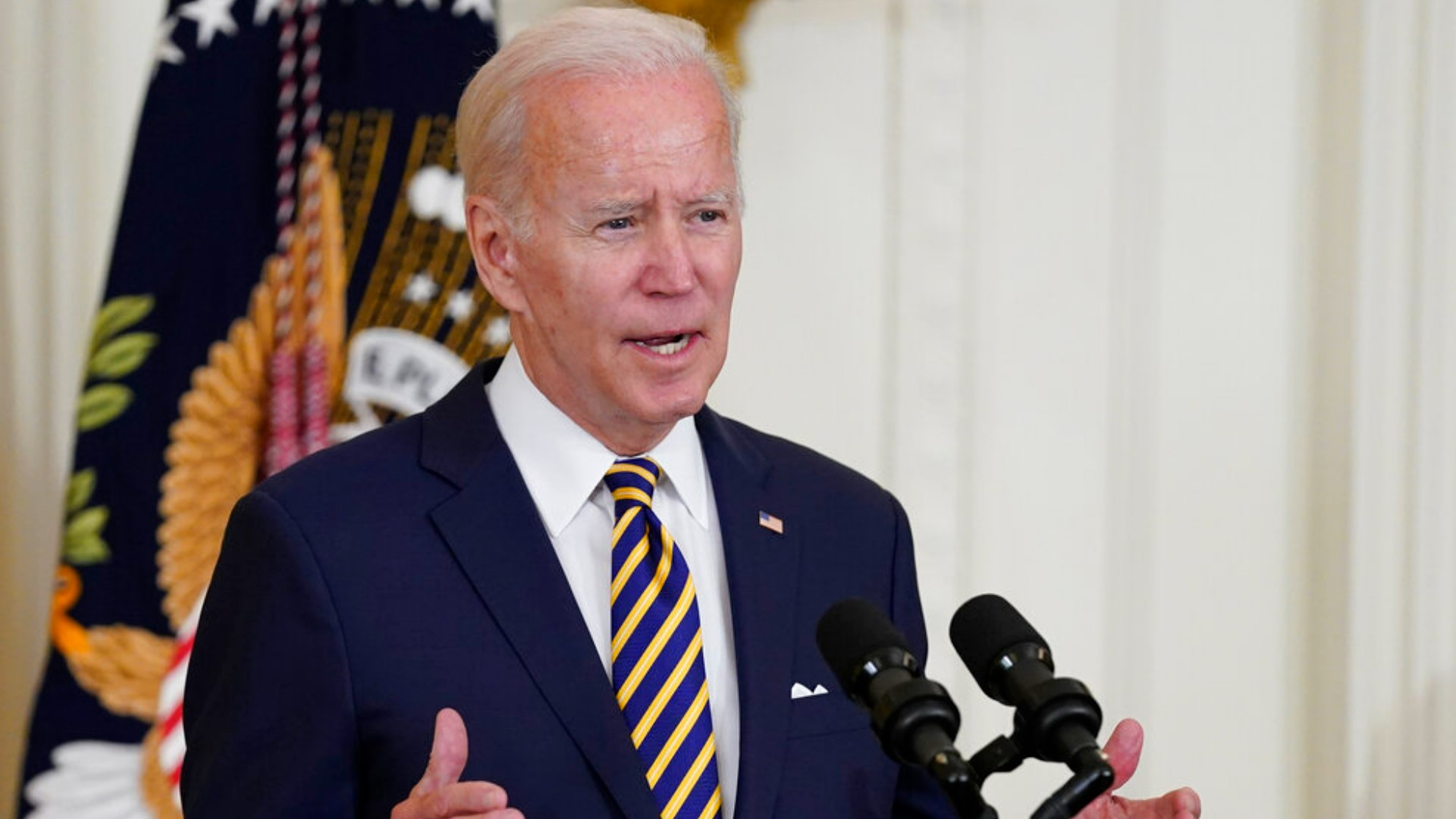WASHINGTON — President Joe Biden announced a long-awaited plan to forgive some federal student debt Wednesday — but not everyone qualifies.
Biden shared some basics in a Wednesday morning Twitter post, and the administration shared additional details online. Here's what we know about who would and wouldn't qualify for student loan forgiveness.
Am I eligible for student loan debt forgiveness?
First of all, only those who make under $125,000 a year would be eligible — $250,000 for married couples.
Those who are under that income cutoff would get up to $10,000 in debt forgiveness. The amount you get would depend on your outstanding balance; you won't get extra cash for owing less than $10,000.
Some borrowers would get up to $20,000 in debt forgiveness: Pell Grant recipients. These federal grants are awarded to undergraduate students with "exceptional financial need" and are based on FAFSA information, school cost and other factors.
People who borrowed through most federal student loan programs are likely to be eligible, while private loans probably won't be included. The debt forgiveness is expected to apply only to those currently holding student debt. Current students would only be eligible if their loans originated before July 1 of this year.
How to apply for student loan forgiveness
The White House said nearly 8 million borrowers may be eligible to receive relief automatically because their relevant income info is already available to the Department of Education.
According to Wednesday's announcement, the Department of Education will set up a "simple application process for borrowers to claim relief," which will be ready no later than Dec. 31.
What about federal student loan payments?
First, the pause on federal student loan repayment will be extended "one final time" through the end of December with borrowers resuming payment in January, according to Biden's announcement.
The Biden administration is also proposing a rule to create a new income-driven repayment plan. First, this plan would cap undergraduate loan payments at 5% of a borrower's monthly income, down from 10%.
This plan would also forgive loan balances after 10 years of payments instead of 20 for borrowers with balances of $12,000 or less, and raise the income floor for repayments. No one earning below 225% of the federal poverty line would have to make monthly payments.
Finally, the Biden administration says this plan would cover unpaid monthly interest "so that unlike other existing income-driven repayment plans, no borrower's loan balance will grow as long as they make their monthly payments— even when that monthly payment is $0 because their income is low."
What's next?
Legal challenges are likely, which could affect the timeline. The Justice Department says the Higher Education Relief Opportunities for Students Act lets the Education secretary "reduce or eliminate the obligation to repay the principal balance of federal student loan debt" in response to the COVID-19 pandemic. Some conservative groups were still considering legal challenges.
The big picture
More than 43 million Americans owe a combined $1.6 trillion in student debt held by the federal government, according to recent data from the Education Department.
The Education Data Initiative says out of all student borrowers, almost a third have $10,000 or less in federal student loans. Canceling $10,000 could settle those borrowers' accounts and significantly reduce balances for others — nearly 75% of student borrowers owe $40,000 or less.
According to the Federal Reserve, borrowers with heavier debt generally have more education. However, likely due to higher earning potential, these borrowers were less likely to behind on their loan payments. The Fed says as of 2021, just over half of all Americans who'd ever taken on debt for their education had completely paid it off.
Other student loan debt forgiveness efforts
Previously, the Biden administration took a more targeted approach to debt cancellation and focused on students who were 'misled' by for-profit colleges. The latest such action canceled $3.9 billion in federal student debt for 208,000 borrowers who went to the now-defunct ITT Technical Institute.
The Education Department also recently canceled its recognition of an accrediting agency that oversees mostly for-profit colleges like ITT Tech and Corinthian Colleges, the subject of another targeted student debt cancellation.
The department recently added more flexibility to the Public Service Loan Forgiveness program, a Congress-created program that forgives loans for government and nonprofit employees after 120 monthly payments. As part of a short-term fix announced in July, borrowers have until Oct. 31 to get credit for past payments that otherwise wouldn't qualify.

